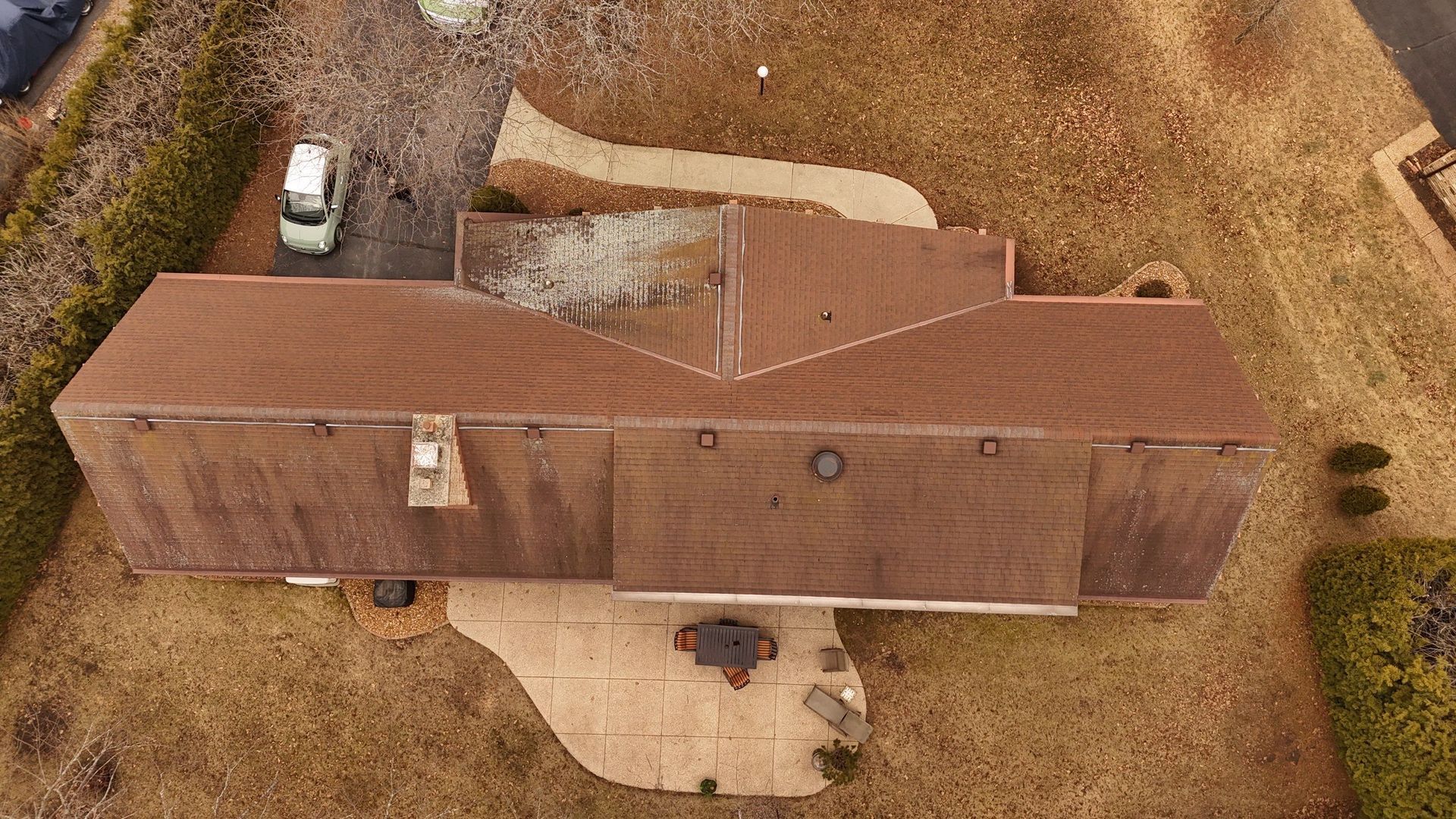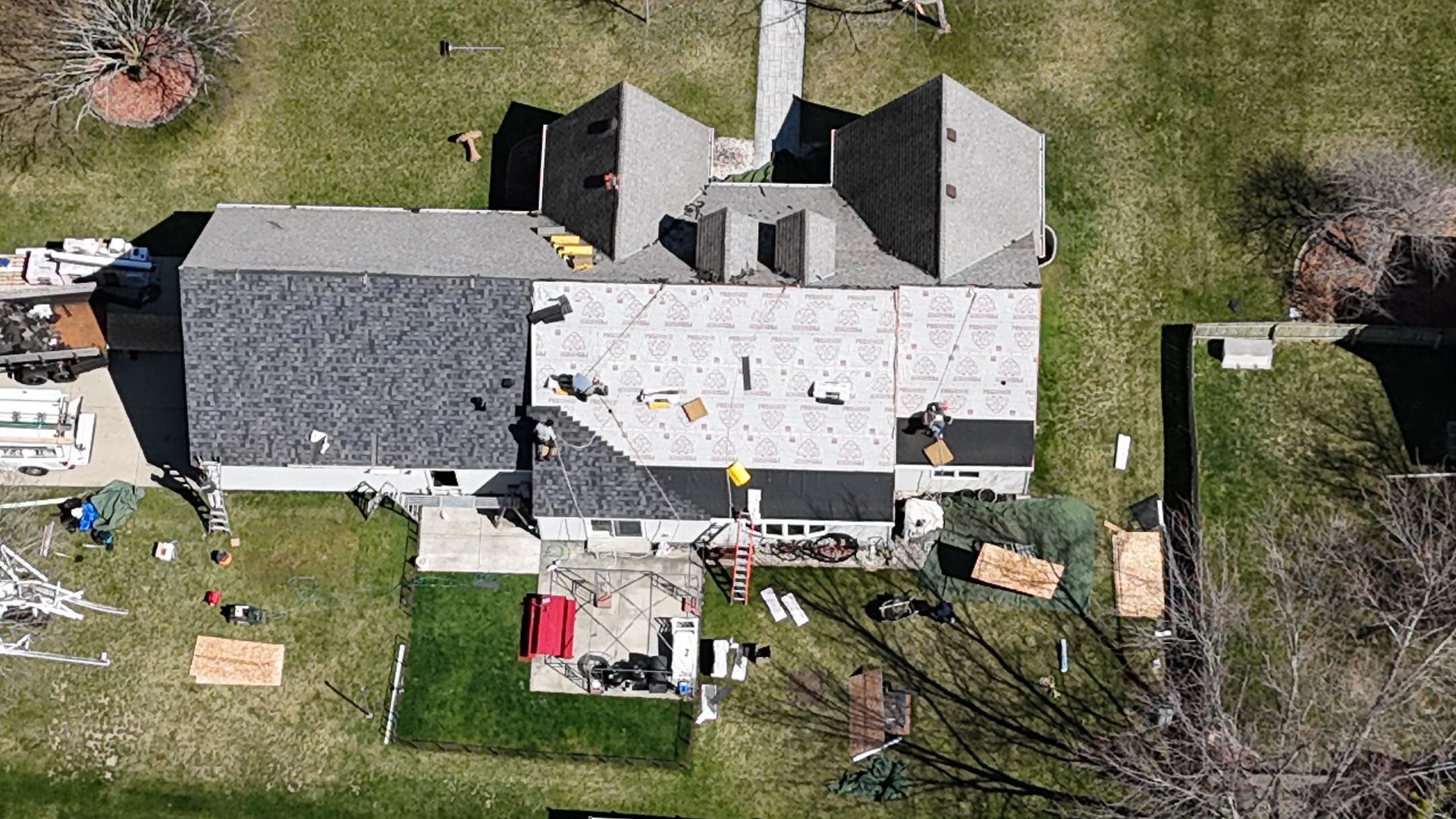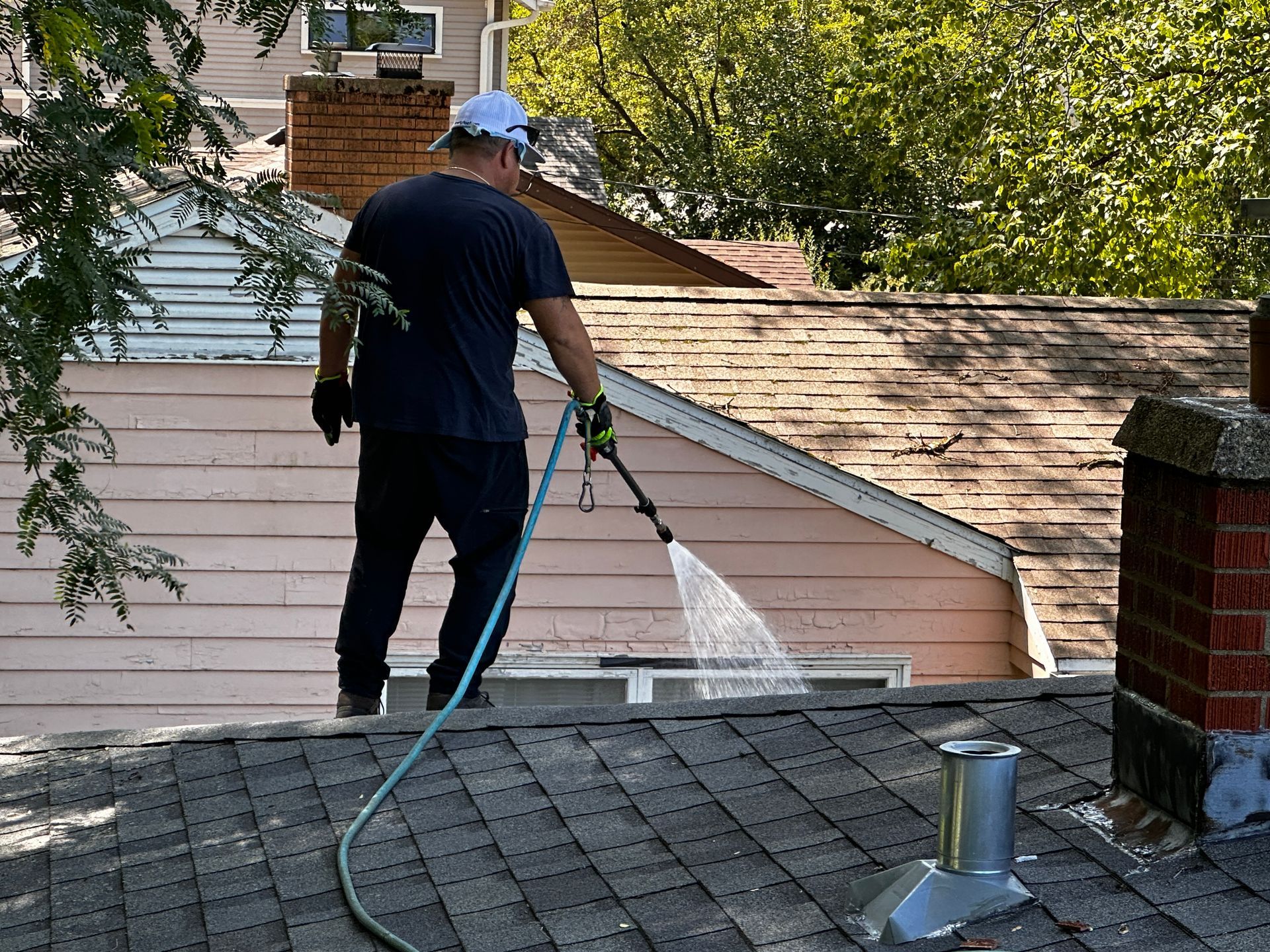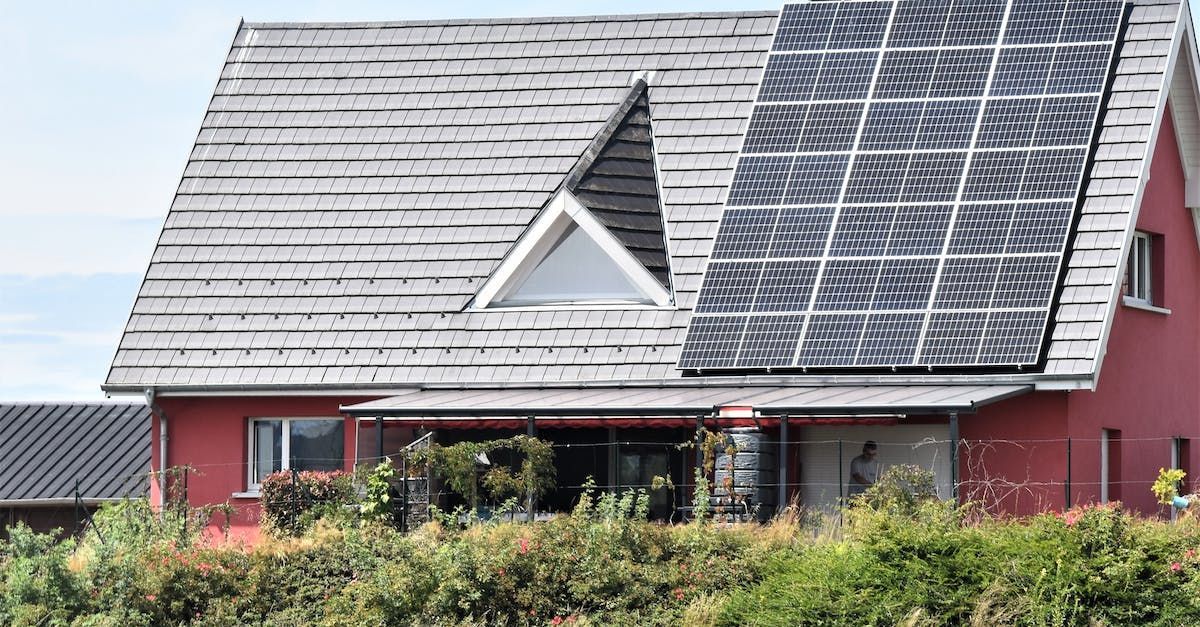Based in Watertown Wisconsin

Exploring Different Roof Types
Exploring Roof Shapes, Designs, and Styles

A home's roof can constitute up to 40% of its exterior, significantly influencing its overall look and curb appeal. When it's time to install a new roof, choosing the right materials and shingle colors that suit the shape and slope of your roof and complement your home's exterior design is crucial.
Understanding the impact of different roof shapes and slopes on both performance and aesthetics can help you decide on the best shingles and materials for your home.
Understanding the impact of different roof shapes and slopes on both performance and aesthetics can help you decide on the best shingles and materials for your home.
Pro Tip: Save My Roof has options for any style roof
From total roof replacement, repairs, maintenance and rejuvenation, to an exclusive nano-ceramic resin used to fortify your asphalt shingles to and give them the strength and performance of stone coated steel roofing tiles
Understanding Roof Slope
The slope of your roof serves both practical and aesthetic purposes. For example, rain or snow tends to shed more quickly on a steep slope roof. The roof’s slope is expressed in a ratio based on its proportions.
Roofing contractors often use terms like 6 in 12, 6:12, or 6/12, indicating the roof rises 6 inches vertically for every 12 inches (or 1 foot) horizontally. This can be translated for any number; a 4 in 12 slope rises 4 inches vertically and 12 inches horizontally.
From flat grades to steep inclines, your roof’s slope can create an interesting silhouette. When choosing roofing materials, remember that a steeper slope makes the roof's surface more visible from the ground, impacting your home's exterior design aesthetics.
While most homeowners can leave slope calculations to their roofing contractor, it's important to note that the International Residential Code specifies minimum slope requirements for all roof coverings, including asphalt shingles.
Common Roof Types
Here are eight common roof types, each with unique characteristics and design considerations:
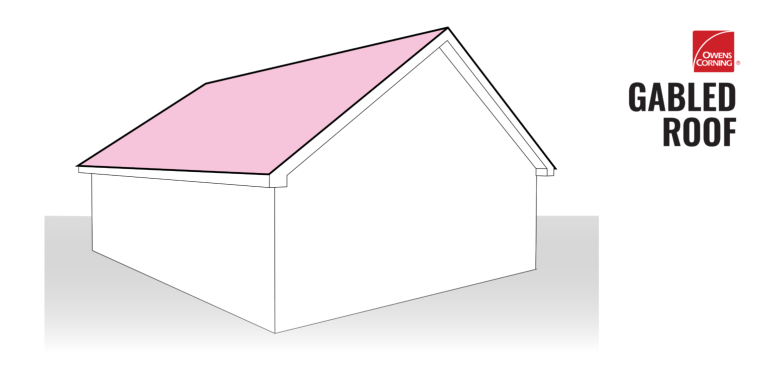
Gable Roof
A gable roof, resembling a triangle, is a popular and versatile roof style. It can vary from steep chalet-style designs to rooftops with a gentle grade.
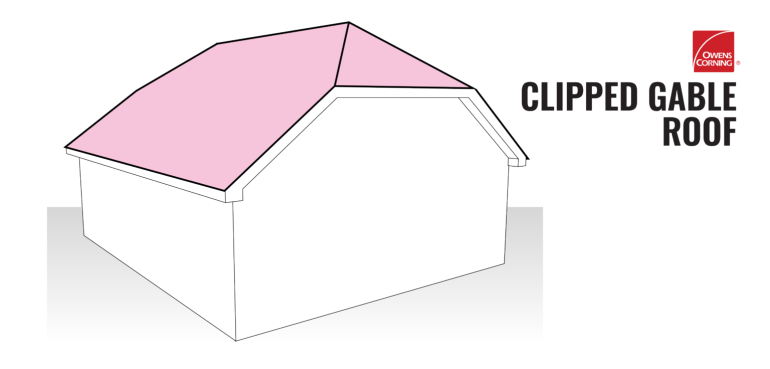
Clipped Gable Roof
Also known as a bullnose, the clipped gable roof features small hips at the ends of the roof ridge, adding an interesting architectural detail.
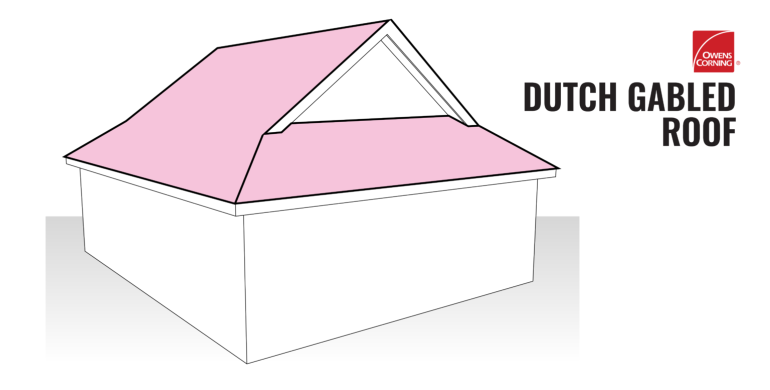
Dutch Gable Roof
Combining gable and hip roofs, the Dutch gable roof includes a "gablet" atop a traditional hip roof, providing extra attic space and potential for added sunlight.
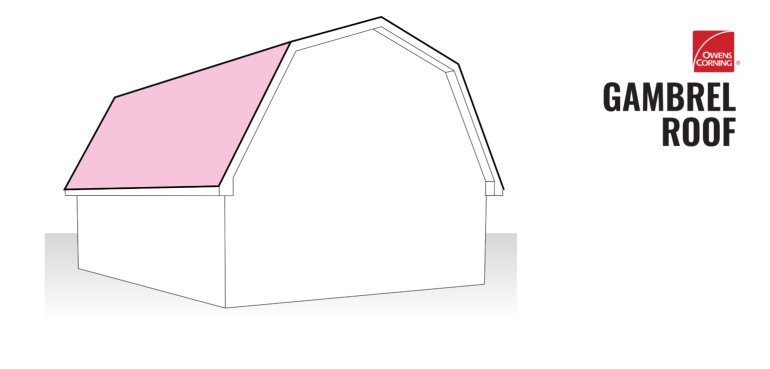
Gambrel Roof
Often seen on classic barns, the gambrel roof has two slopes on each side, allowing for upper floor use as an attic or loft. Its steep sections make the appearance of roofing shingles very prominent.
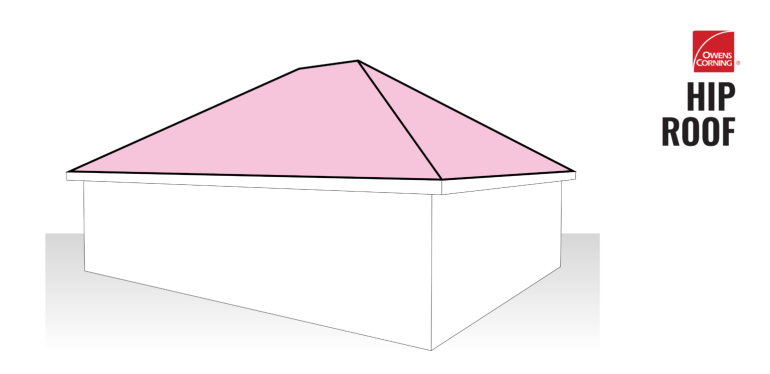
Hip Roof
A hip roof consists of four equal-length slopes forming a simple ridge. Variations like the half-hip feature two shorter sides with eaves. Hip roofs are highly visible, making the choice of shingles crucial for the overall exterior look.
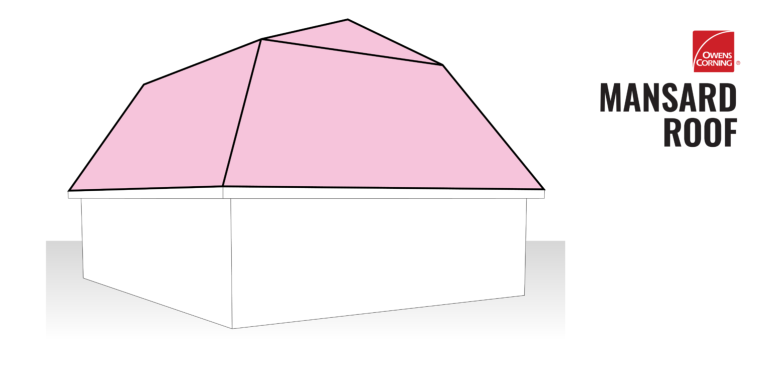
Mansard Roof
Inspired by French architecture, the mansard roof has four sides with double slopes, maximizing upper story space and often featuring dormers for added appeal.
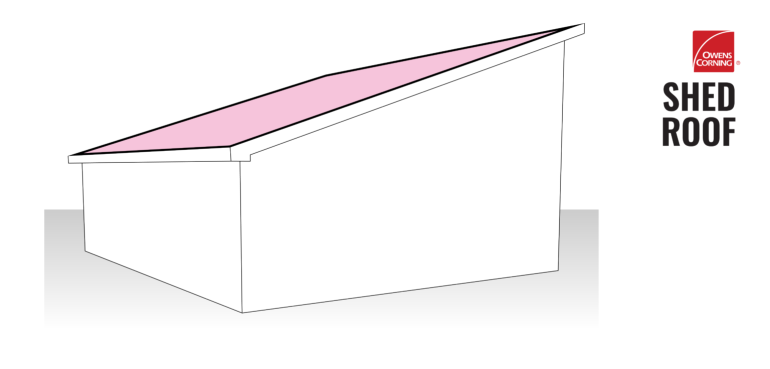
Shed Roof
Favored in modern home designs, a shed roof is a single sloping plane. It's common in ultra-modern builds and allows for creative window placements.
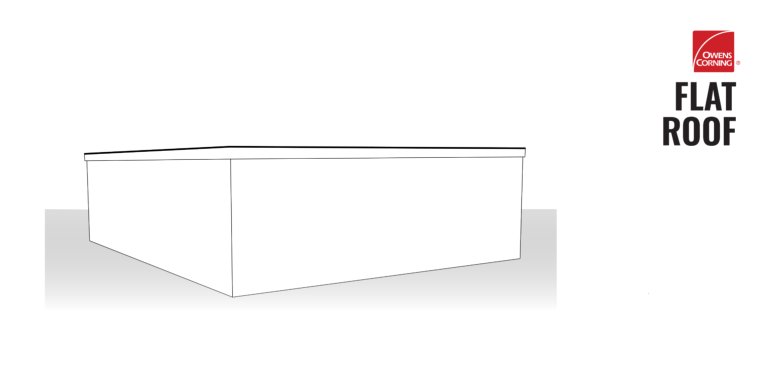
Flat Roof (Low Slope Roof)
Popular in mid-century modern architecture, flat roofs blend with the environment and provide large open floor plans. They require a slight incline for drainage and thorough waterproofing.
Choosing Roofing Shingles for Your Roof Style
Selecting the right shingles involves several steps:
- Research and Inspiration: Drive through neighborhoods, browse online, and look through magazines for roof styles and colors that reflect your vision.
- Consider Your Neighborhood: Decide whether you want your roof to blend in or stand out. Check for any building codes or HOA restrictions.
- Use Design Tools: We can offer tools to visualize different shingle styles and colors on your roof.
- Consult with Save My Roof: Speak with an experienced roofing contractor based in Watertown and serving SE Wisconsin. We can help you choose appropriate shingles for your roof design and provide an estimate and financing options.
- Get FREE Instant Quote & Plan Your Project: use this page to get an instant quote in 27 seconds, compare roof replacement packages, test and "try-on" different shingle styles and colors https://savemyrooflocal.com/roof-replacement
Choosing the right roof style and materials can enhance your home's beauty and protect it from the elements. Let Save My Roof help you create a roof that fits your home perfectly.
Proud member of the Owens Corning Contractor Network.
You need to replace "YOUR_FORM_SUBMIT_URL" with the actual URL where you want the form data to be submitted. Below is the JavaScript code that you can add to your page to handle the form submission and redirect the user to the "thank you" page: html Copy code >
Search
All Services
Recent Posts
We simplify your roofing choice! With our consultative and educative approach, we consider your roof's condition and offer exclusive options, expanding your options.
Our Services
Contact Info
1660 S Church St, Watertown, WI 53094, United States of America
Copyright 2024. All Rights Reserved by Save My Roof.
